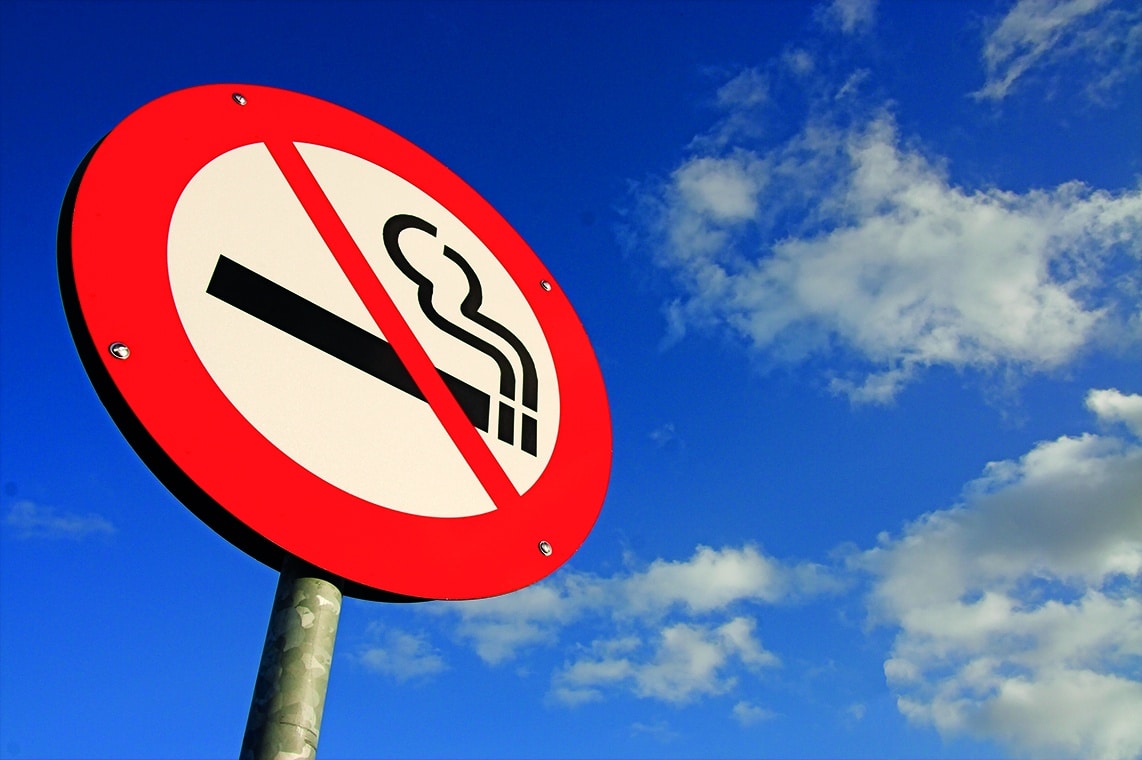
And so it begins. A new paper presented to the American Heart Association claims that Heat not Burn products harm blood vessel function in the same way as smoking. No doubt there are a dozen other studies underway right now that will soon produce papers linking heated tobacco products to heart attacks, lung disease and various cancers. Carefully tailored press releases, all including some form of the phrase “as bad as smoking”, will be leaked to sympathetic journalists. Public health activists don’t even need to go looking for friendly hacks; they can just get in touch with the ones who wrote negative articles about e-cigarettes.
If I sound cynical about the new paper, it’s because I am. I switched from smoking to vaping five years ago, just in time to see the tobacco control industry gearing up its campaign against e-cigs. I have to confess that, at the time, I watched it unfold with total incredulity. Here was a product that got smokers to stop smoking, but the activists and scientists who’re always demanding new action to stop smokers from smoking were opposed to it! What the hell was going on?
Well, five years later, I know what’s going on. The tobacco control industry is, in big-picture terms, split between two main factions – and neither of them is really interested in helping smokers to quit. One faction is motivated by a blind, unreasoning hatred of the tobacco companies; if Philip Morris invented a cure for cancer tomorrow, this group would try to have it banned.
The other faction is no fan of the tobacco companies either, but it has different priorities. Its goal isn’t to stop smokers from smoking; it’s to campaign to stop smokers from smoking. Obviously, if all the smokers become vapers or heated tobacco product users, there won’t be any smoking to campaign against – and that means they’ll have to find new jobs, which might involve some actual hard work rather than just being handed taxpayers’ money to complain about things.
Tinfoil hat time?
Claiming that public health campaigners are more worried about their jobs than public health sounds a bit paranoid, but what’s happening in the UK right now tends to back it up. Local councils who’re trying to save money are starting to take a good look at the stop smoking services they fund – and it appears that some of them don’t like what they see. Several services, including Smokefree South West, have had their council funding stopped, and for nanny state groups that’s usually a death blow. Nobody actually wants to give them money, so if the tax tap is turned off that’s the end of them. Smokefree Southwest announced its closure within 24 hours of being defunded.
The reason councils are starting to defund anti-smoking groups is that it’s obvious they aren’t doing anything. Most councillors aren’t daft; they see smokers switching to e-cigs by the thousand, and the UK’s smoking rate falling faster than ever before. Then they see so-called “public health” groups demanding that e-cigs are taxed, restricted and banned out of existence. Finally it occurs to them that not only are these groups not doing anything to reduce smoking; they’re actively campaigning against products that are. So they pull the plug, and another dozen tobacco controllers are forced to get a proper job.
And all this is happening because of e-cigs. Just imagine what’s going to happen when HnB goes mainstream. Personally, I wouldn’t be surprised if a decade from now the UK’s smoking rate has fallen from its current 16% to around 5%. If that happens a lot more tobacco control funding is going to evaporate, which is why all the usual suspects are already moving to condemn HnB.
What does the science say?
Anyway, back to the paper. What exactly is it saying, and should we take it seriously? The short answer is “Not much and no.” That isn’t very informative, though, so let’s look at it in slightly more detail.
The paper was written by the tobacco research department at the University of California, San Francisco. If you follow the vaping debate that’s probably ringing alarm bells already, because who runs UCSF’s tobacco research department? Yep, it’s Stanton Glantz, the failed aircraft engineer who’s managed to get a job as a professor of medicine despite never having studied medicine in his life. The reality is that Glantz is an activist, not an academic, and this department is shaped in his image: Before they even start doing any research, they know exactly what results they plan to get.
What they wanted to find here was evidence that heated tobacco is just as bad for you as smoking. Now, this is obviously a ridiculous idea. Probably the most harmful single ingredient in cigarette smoke is carbon monoxide, which is produced by combustion, and heated tobacco doesn’t involve combustion.
What they actually mean is that one specific effect of HnB is the same as an effect of smoking. That is obviously not the same thing as saying that using HnB is as bad for you as smoking is. In this case they’re talking about something that isn’t really bad for you at all.
The paper claims that using a HnB product – specifically, iQOS – has the same effect on “Flow-Mediated Dilation”, a way of measuring the efficiency of blood vessels, as smoking a cigarette. In general terms this is true; it’s likely (not certain, but we’ll come back to that) that iQOS will cause a similar short-term effect on blood vessels to a cigarette. Where it all comes unstuck is that the authors go on to say that HnB “does not necessarily avoid the adverse cardiovascular effects of smoking cigarettes”. That statement is a massive problem.
Smoking cigarettes is really bad for your heart. Smoking cigarettes also causes short-term stiffness in your arteries every time you light up and take a puff. But these two facts are not connected. It isn’t the short-term stiffness that makes cigarettes bad for your heart; it’s the couple of hundred daily doses of carbon monoxide, which causes long-term stiffness and the build-up of arterial plaque. Many other things also cause short-term stiffness – caffeine, watching scary movies and exercise are among them. It doesn’t matter, though, because it only lasts a few minutes. Smoking is dangerous because it makes your arteries stiffer all the time, plus promote the build-up of plaque which slowly blocks them. iQOS, being free of carbon monoxide, doesn’t do this.
So what’s really going on with this paper? Leading e-cig expert and cardiologist Dr Konstantinos Farsalinos has the answer, as already reported on this site. According to the UCSF paper, the iQOS delivered 4.5 times as much nicotine to the test subjects (who, it should be pointed out, weren’t people – they were mice) as a cigarette did. As nicotine is known to cause temporary stiffening, that would certainly explain the effect. It would also suggest that it’s nothing to worry about. After all, licensed nicotine products like patches and gum cause an identical effect, and they’re sold over the counter and approved for long-term use.
If we take its data at face value, this paper shows that heat not burn has the same effect on blood vessels as a nicotine patch, which is regarded as very safe – in other words, there’s nothing to worry about. In fact, what the data show is that the researchers have made a very serious mistake somewhere. According to them, iQOS delivers about 350% more nicotine than a cigarette does – but three independent studies all agree that it delivers about 30% less nicotine. As Dr Farsalinos points out, it is impossible for iQOS to deliver that much nicotine. Therefore the UCSF team have screwed up somewhere, and if they’re working on terminally flawed data, that the whole paper can safely be ignored.
Unfortunately, while this one might be (it doesn’t seem to have gained much traction outside crank medical websites), as HnB becomes more popular we can expect to see more “research” being done and negative stories starting to appear in the press. It’s likely that all the smear stories that have been aimed at e-cigs will be recycled to attack HnB too. If you doubt that, consider this: Just two months ago, a paper from Sweden claimed that e-cigs have the same effect on arterial stiffness as smoking does. Sound familiar?
Heated tobacco is going to get exactly the same treatment as vaping did; I guarantee it. In fact, if anything it will be worse, because the leading HnB products actually are made by the dreaded tobacco companies. Vapers couldn’t really believe what was happening at first, and lost a lot of ground to bad science and scaremongering media before advocates started fighting back. If you’re a fan of HnB, don’t make the same mistakes; start pushing back now.











